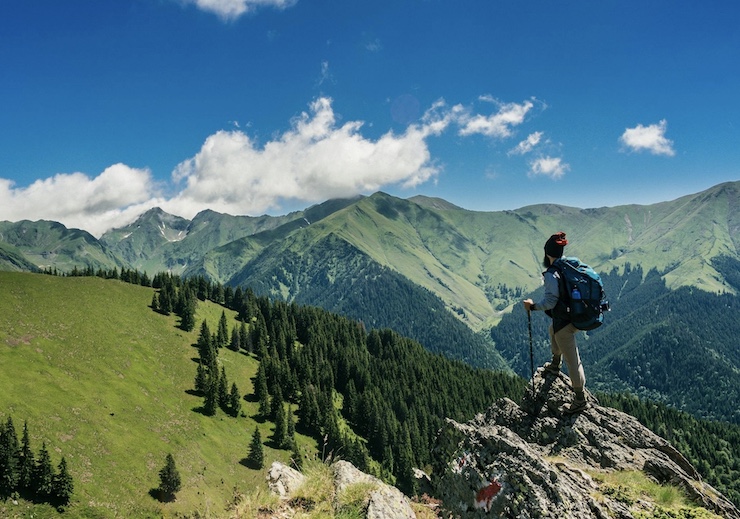
In the United Kingdom, providing emergency services for hikers is a difficult job that falls to a series of chapters of the Mountain Rescue (MR) organization. One of the most challenging tasks these volunteers face is when they have to rescue someone in hard-to-reach, GPS-denied locations. Several MR volunteers spent nearly two decades developing a radio-based mapping platform, MRMaps, which gives MR teams a framework to assist in rescue missions. It is available for free to anyone working on rescue missions throughout the UK. It is not a fail safe system and still requires volunteers to spend hours manually responding to call outs, but it has made a world of difference in the success of MR.
As technology has progressed, MR volunteers have been implementing drone technology to assist in search and rescue missions. However, many volunteers have found that due to the unique mountainous landscape of many of the UK’s hiking regions, drone assistance has been less helpful than anticipated. For three MR volunteers, however, they were determined to find a way to incorporate an effective drone program that would complement the MRMaps system.
Dan Roach, a 34-year-old avid climber, became an MR volunteer over a decade ago. Having used drones for photography, Dan was excited at the prospect of how drones could aid volunteers. “This is going to be brilliant because I can see things,” he said. “But then we realized you have to be very close to the thing that you want to see, and you have to be able to see it on a very small controller.” He began discussing the issue with 33-year-old Dan Parson, who had experience in forestry and using drones for surveying, to figure out how to build a better drone system.
It wasn’t until the two Dans approached veteran MR volunteer, 57-year-old David Binks, that a plan snapped into place. David not only knew how to write code, but he had played a pivotal role in the development of MRMaps. David explained that there were several challenges to get a drone system that would work in coordination with MRMaps. They had to develop a program that would allow a drone to fly predetermined courses and collect a wide range of images. These images had to capture enough data to reveal the landscape below from multiple angles so that nothing could be hidden behind a rock or in a gully, for example.
David went on to explain that the next aspect of the software was calculating the grid reference of any particular pixel in an image, which can be done using rotational vectors, working out where they intersect with the ground. What makes David’s program different is that he tells the computer not to look for a specific image, but to find the one that doesn’t fit with the surroundings. “I tell it to count the number of pixels of any particular color, and then highlight clusters of colors that are unusual,” David said. “If the image is all rocks, then green would be a more unusual color.”
When MR crews in Glencoe had failed to locate Charlie Kelly, an avid and experienced hiker who had been missing for 6 weeks and was presumed dead, the drone team had a chance to test out the program. They started in an area that volunteers guided them to as the most likely place to find Charlie based on their MRMaps data. After about 10 minutes, David called back one of the two drones they were using to scan the ground so he could analyze the images on a computer screen, all of which is able to work without internet connections. Immediately, David’s code spotted an anomaly. It was Charlie, who had fallen into a gully—one that Glencoe MR volunteers had walked by multiple times. “He was wearing a lightish brown top and dark blue trousers,” David said. “To the human eye, that’s really hard to pick out. But to the computer, it’s just totally different from the surroundings, and so it stands out like a sore thumb.”
The drone team’s new program, coordinated with MRMaps, was the key to bringing Charlie’s family the closure they needed. Now the two Dans and David are working to bring the drone program, free of charge, to any MR volunteers. The innovative use of drones, combined with the MRMaps platform, marks a significant advancement in search and rescue operations across the UK. As technology continues to evolve, their work stands as a testament to the power of collaboration, innovation, and the relentless pursuit of safety in the most challenging of environments.
|